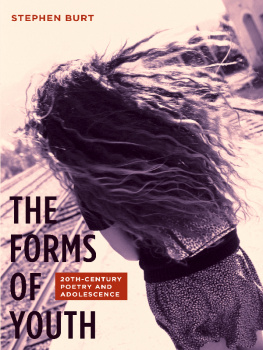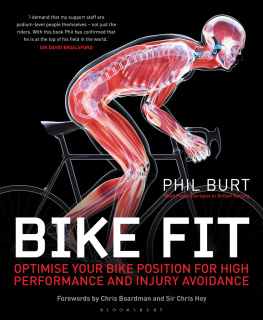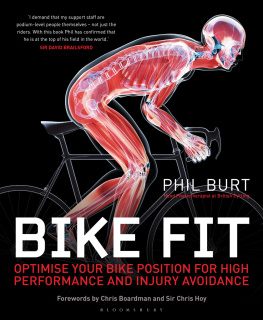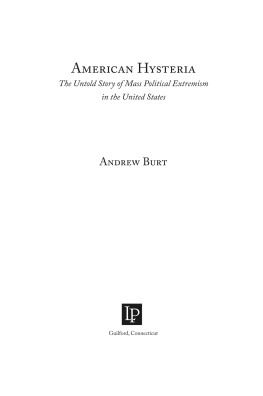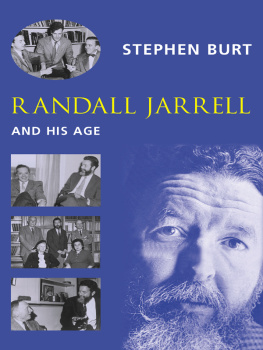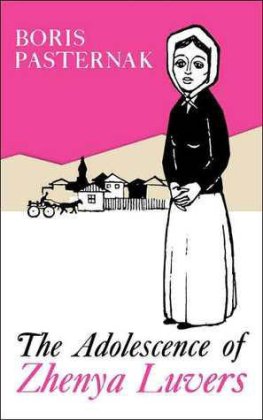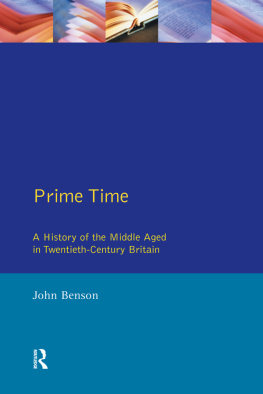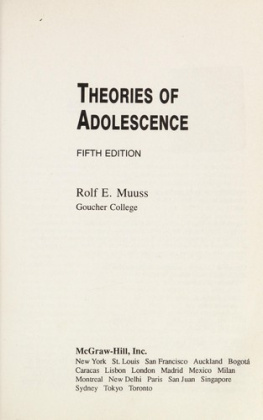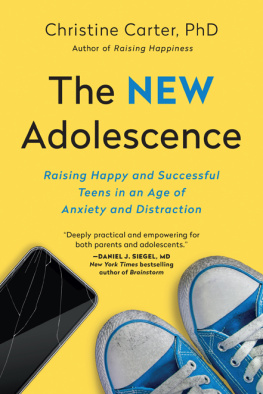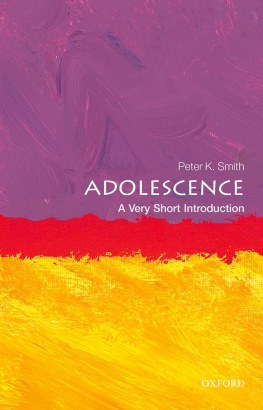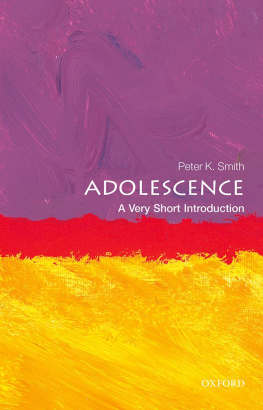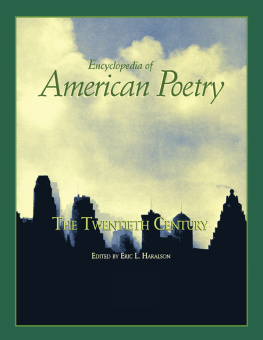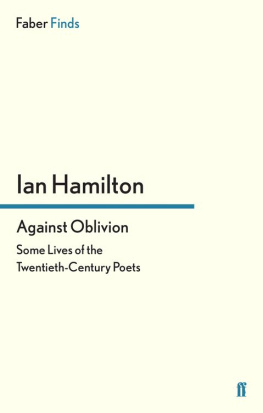The Forms of Youth
Stephen Burt
The Forms of Youth
TWENTIETH-CENTURY POETRY AND ADOLESCENCE
| Columbia |
| University |
| Press |
| New York |
Columbia University Press
Publishers Since 1893
New York Chichester, West Sussex
cup.columbia.edu
Copyright 2007 Columbia University Press
All rights reserved
E-ISBN 978-0-231-51202-2
Library of Congress Cataloging-in-Publication Data
Burt, Stephen, 1971
The Forms of youth : twentieth-century poetry and adolescence / Stephen Burt.
p. c.m
Includes bibliographical references (p. ).
ISBN 978231141420 (acid-free paper)ISBN 9780231512022 (e-book)
1. English poetry20th centuryHistory and criticism. 2. American poetry20th centuryHistory and criticism. 3. Adolescence in literature. 4. English-speaking countriesIntellectual life20th century. I. Title.
PR605.A33B87 2007
821.9 09354dc22
2007003447
A Columbia University Press E-book.
CUP would be pleased to hear about your reading experience with this e-book at .
To Nathan Bennett Burt
Contents
THE IDEA OF ADOLESCENCE. PASTORAL AND REBELLION. HISTORY AND PRECURSORS: SPENSER TO BYRON TO RIMBAUD. CHAPTER SUMMARIES.
G. K. HALL AND RANDOLPH BOURNE. EDNA ST. VINCENT MILLAY. MODERNIST LITTLE MAGAZINES. WILLIAM CARLOS WILLIAMS. MARIANNE MOORE.
THE PUBLIC SCHOOL. W. H. AUDEN. PHILIP LARKINS SCHOOL STORIES. LARKINS 1960S AND 1970S. THOM GUNN. BASIL BUNTINGS 1960S,
YOUNG SOLDIERS IN THE POEMS OF THE SECOND WORLD WAR. PHYLLIS MCGINLEY. THE BEATS. THE NEW MUTANTS. GEORGE OPPEN. GWENDOLYN BROOKS. ROBERT LOWELL.
FEMINIST MODELS AND GIRLS ADOLESCENCE. PLATH AND SEXTON. POEMS ENTITLED ADOLESCENCE. LAURA KASISCHKE. GIRLS TALK. THYLIAS MOSS. JORIE GRAHAM.
PAUL MULDOON: THIRTEEN OR FOURTEEN. MULDOON AND NARRATIVE. AUSTRALIAS GENERATION OF 68. JOHN TRANTER. LES MURRAY.
MALE POETS OF THE BABY BOOM: LEVIS, KOMUNYAKAA, KOETHE. POETRY AND ROCK AND ROLL. YOUNG POETS AND SUBCULTURES. LIZ WALDNER. CONCLUSION.
W HAT WAS THE most important new word of the twentieth century? In December 1999, one authority on the English language picked teenager (Cornwell, The Words of the Decade, ii).
Twentieth-century poetry in English built twentieth-century adolescence, its changing meanings and its cultural powers, into its succession of projects. William Carlos Williams, Marianne Moore, W. H. Auden, Philip Larkin, Thom Gunn, Gwendolyn Brooks, George Oppen, Robert Lowell, Paul Muldoon, and Jorie Grahamamong othersmade ideas of and about adolescence inseparable from their aesthetic goals, for part or all of their careers. Changes in the meanings of adolescence also lend interest to poets less well known, either because they now seem outmoded or minor or because their careers are still underway. The poets covered here, I hope to show, repay rereading in the light of adolescence, of what adolescence meant to them and to their readers, where and when they wrote their poems.
John Ashberys Soonest Mended (1968) has as good a claim as any to representative, even canonical status in contemporary American verse: often and rightly discussed as an ars poetica, the poem also offers incontrovertible evidence that the poetic art it displays can identify itself with adolescence. The poem begins with poets, or would-be poets, living on the margin, hoping to be small and clear and free, and ends in nostalgia for youthful origins, always coming back / To the mooring of starting out, that day so long ago (Ashbery, Selected 86, 89). Its climactic passages imagine fluidity, incompletion, this not being sure, this careless / Preparing, as the best state of mind: fence-sitting / Raised to the level of an aesthetic ideal (8889). From this standpoint, Ashbery continues, None of us ever graduates from college, / For time is an emulsion, and probably thinking not to grow up / Is the brighest kind of maturity for us, right now at any rate (88). The place in the life course that the poem describesneither innocent nor adult, slippery and unfixedresembles the place in the American language that Ashberys slippery syntax seeks. And the self or speaker whom Ashbery imaginesso different, as his critics note, both from the autobiographical self of confessional poetry and from the impersonal authority of some modernistsis immature, promising, uncertain, and even indefinitely undergraduate: a trope or an instance of modern adolescence.
Poets quite unlike Ashbery share his occasional identification of adolescence as a source of poetry, a trope for contemporary culture, and a model for the poets state of mind. In Amy Clampitts Gooseberry Fool (1985), the poet promises to cook for a friend the eponymous dessert; she describes at length its chief ingredient, a thorny and tart berry whose taste is like
having turned thirteen.
The acerbity of all things green
and adolescent lingers in
itthe arrogant, shrinking
prickling-in-every direction thorniness
that loves no company except its,
or anyway thats what it gets.
(COLLECTED POEMS, 133)
The adolescent, like the berry and like the poet, resists, and shrinks from, company, except for that of its peers. Liminal between nature (the bush) and culture (the dessert, the fool), a not quite articulated thing which tastes unripe even when it is ready for use, the gooseberry also stands for Clampitts own poem, and for her thorny, hyperelaborate style, which gives her a way to negotiate the demands of the wider world. So the poem concludes:
Ive wondered what not quite articulated thing
could render magical
the green globe of an unripe berry.
I think now it was simply
the great globe itselfs too much to carry.
(13334)
An undergraduate, for Ashbery, is someone who entertains many ways of being, many ideas, but has committed himself to none; a girl who is turning thirteen for Clampitt is already immersed in a state that can linger (in a plucked gooseberry, or in a grown-up poet) unless and until it is treated in the right wayand that right way (as with the makings of a fool for dessert) permits much of its sour flavor to remain. The gooseberry thus becomes the girl and the poet and the poem (which must be treated, interpreted, by its reader). Both Ashbery and Clampitt liken their poetry to adolescence as a state of being or becoming, as an attitude toward experience, a state of mind: one describes turning thirteen, the other an endlessly deferred graduation from collegethe lower and upper limits, respectively, of adolescence as many of us now define it.
Together Clampitts and Ashberys poems reflect the twentieth-century heritage that this book hopes to describe. That heritage extends from William Carlos Williams and Marianne Moore (Moore being one source for Clampitts style), through the early Auden (one source for Ashberys), to contemporary poets whose disidentification with maturity and authority, whose identification with youth and its subcultures, goes much further than Ashberys or Clampitts. Poems from every decade in the last hundred years attend to the distinctive powers, the even more distinctive language, and the unfinished, uncertain, or unstable attitudes that characterize adolescence, as adults continue to imagine it, in much of the English-speaking world.
What do we mean by adolescence, and how do we know what we mean? The educational researcher Gerard LeTendre writes that Americans (and many Western Europeans) assume that the normal course of human development will involve a period of adolescence in which the person will undergo puberty, attend school, and develop a somewhat adultlike sense of identity. Yet Americans did not make these assumptions 150 years ago, before the term

